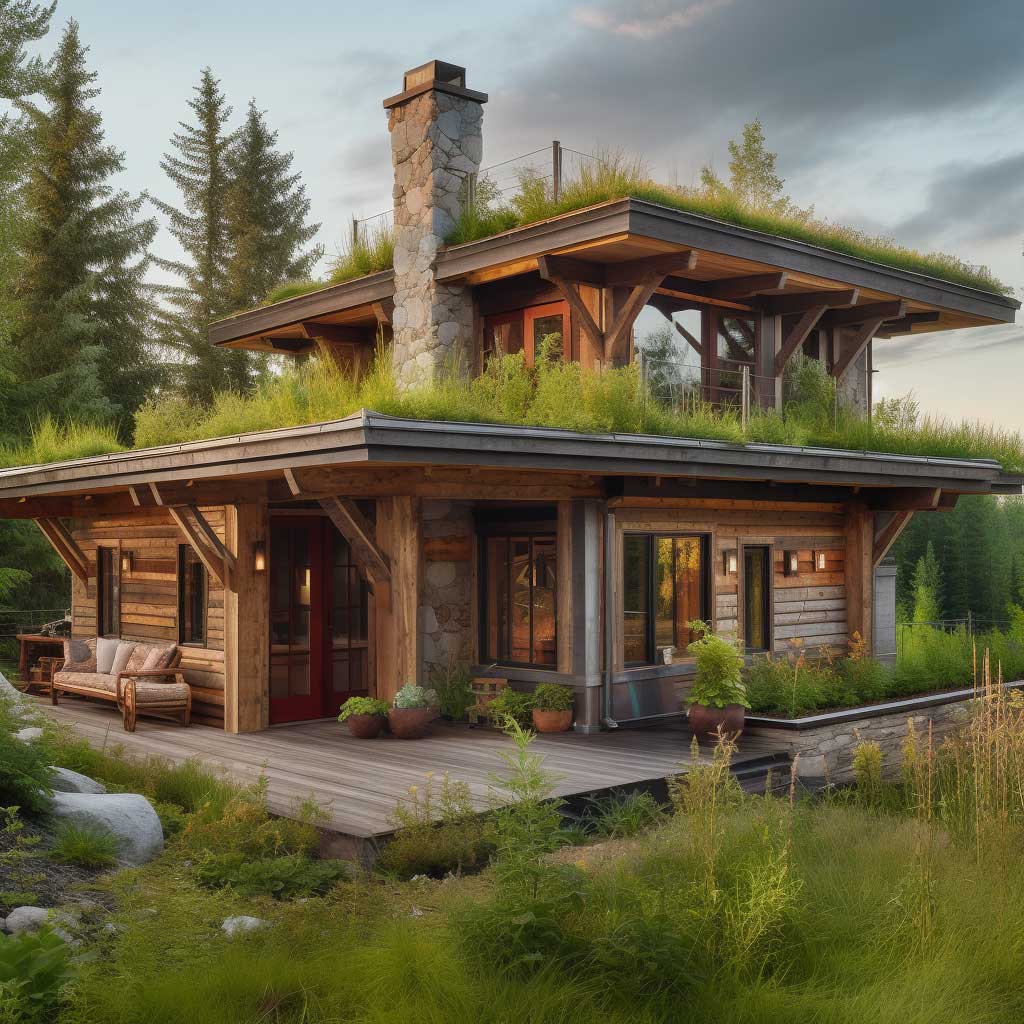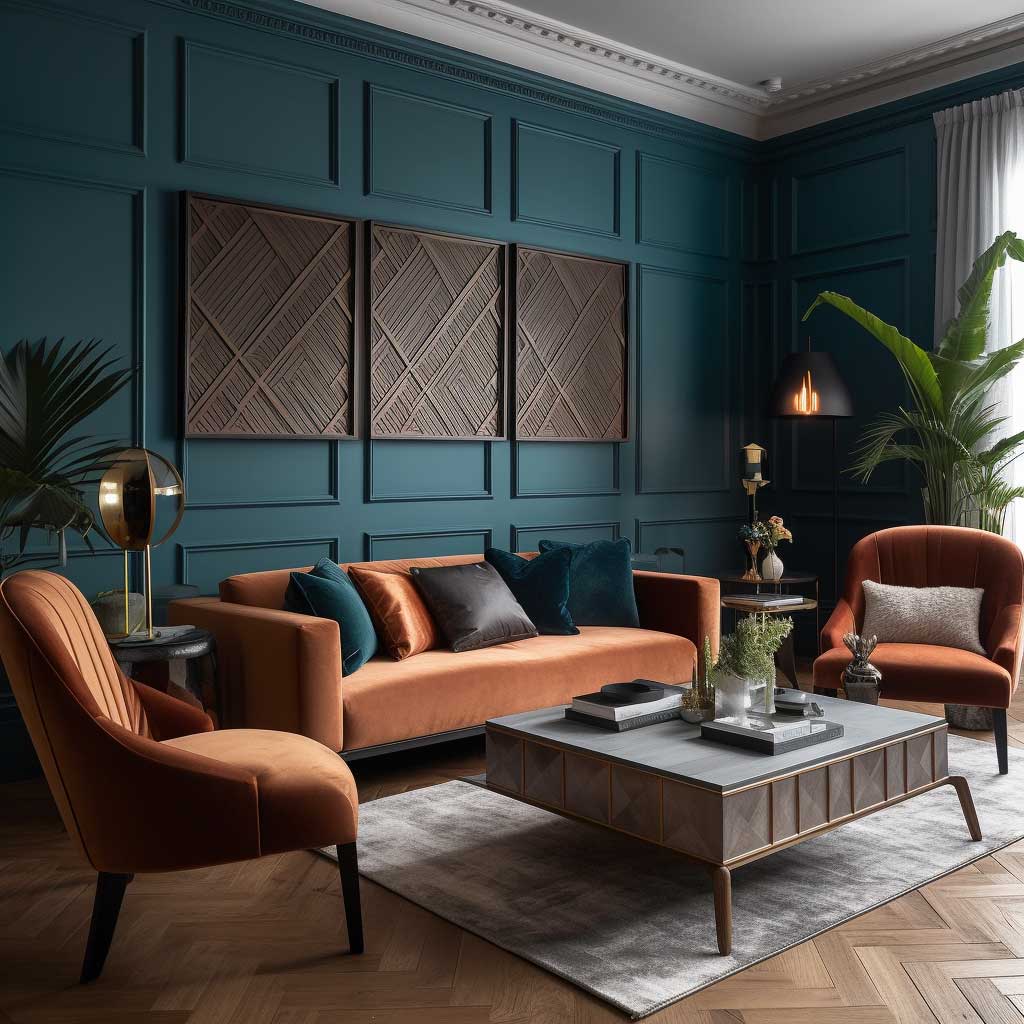In the realm of tiny living, concrete houses have emerged as an enticing, robust option. Despite their limited square footage, these dwellings are far from restrictive. Instead, they offer an exciting canvas for creativity and versatility. In this article, we will walk you through designing your concrete tiny house to maximize its potential, turning it into a multifunctional, aesthetically pleasing living space.

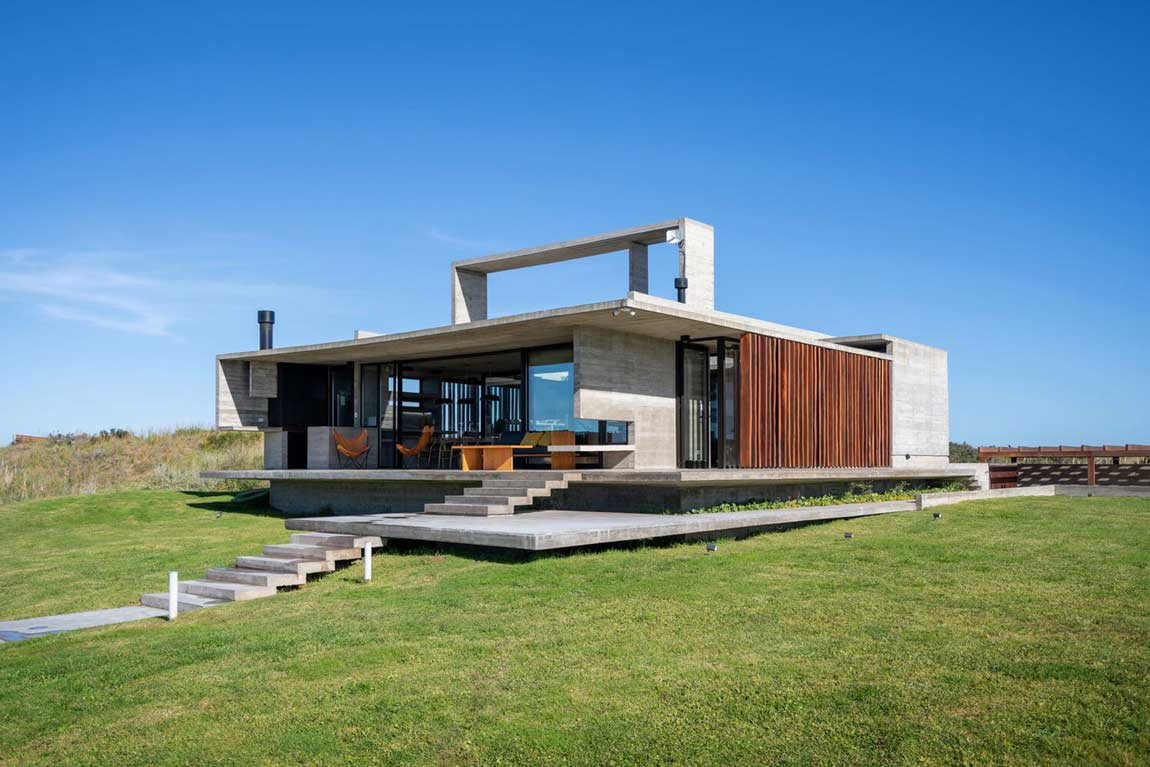

Maximizing Space with Thoughtful Layout in a Concrete Tiny House
In a concrete tiny house, every square foot counts. Therefore, the layout should prioritize functionality without sacrificing comfort. Start by defining the key areas of your house: sleeping, dining, working, and relaxation.
Keeping in mind the space limitations, multipurpose furniture can be your best ally. Opt for a bed that can double as a sofa during the day or a dining table that can be used as a workspace. The aim is to create areas that are versatile and adaptive to your lifestyle needs.
Finally, remember that the layout should also enhance the natural flow of movement inside the house. Avoid cramming too much furniture into a single space. Instead, aim for a layout that feels open, inviting, and easy to navigate.

Embracing Minimalist Aesthetics in a Concrete Tiny House
Concrete, by its very nature, embraces a minimalist aesthetic. Its raw, unfinished look lends itself well to a clean, clutter-free design, which is particularly beneficial in a tiny house.
The minimalist design philosophy revolves around the principle of ‘less is more’. This means minimizing clutter, opting for simpler design elements, and using a restrained color palette. In a concrete tiny house, these elements combine to create a space that is both stylish and serene.
Integrating minimalist aesthetics into your concrete tiny house isn’t just about aesthetics; it’s also about functionality. By reducing clutter and maintaining a minimalist decor, you’ll find that your tiny house feels more spacious and is easier to maintain.


Creating Vertical Spaces in a Concrete Tiny House
When the footprint is limited, look upward. Vertical spaces in a concrete tiny house are often overlooked, but they can provide valuable additional storage or display areas.
Shelves, hanging racks, and wall-mounted furniture can all be used to take advantage of vertical space. For example, a wall-mounted desk provides a workspace without taking up floor space, while hanging racks can be used for storing kitchen utensils or clothing.
In addition to providing extra storage, using vertical space can also draw the eye upward, creating the illusion of a larger space. So, don’t shy away from making use of vertical spaces in your concrete tiny house – they can significantly enhance both the functionality and the visual appeal of your home.

Leveraging Natural Light in a Concrete Tiny House
Natural light plays a crucial role in creating a versatile and inviting living space, particularly in a concrete tiny house. With the right design strategies, you can fill your tiny home with sunlight, creating an illusion of more space.
Strategically placed windows not only allow ample sunlight into your home but also create a connection with the outside world. Consider larger windows or even a skylight to maximize natural light and make the space feel more open and airy.
Using mirrors and reflective surfaces can also enhance the brightness of your concrete tiny house. They reflect light around the room, giving an impression of a larger, more spacious area. These elements combined can help create a luminous, open-feeling living space, despite the house’s compact size.

Incorporating Flexible Furniture in a Concrete Tiny House
Flexible furniture is key to maximizing functionality and versatility in a concrete tiny house. Multipurpose pieces like a Murphy bed, expandable dining table, or a convertible sofa-bed can adapt to your needs, allowing the space to serve multiple functions.
When selecting furniture, consider its size and functionality. Avoid oversized pieces that can overwhelm the space. Instead, opt for compact, lightweight items that can easily be moved around to accommodate different activities.
Creative storage solutions like ottomans with hidden storage or a bed with built-in drawers can also help reduce clutter and keep your concrete tiny house organized. This multifunctionality is essential for creating a versatile and efficient living space in your tiny home.

Implementing Smart Storage Solutions in a Concrete Tiny House
Smart storage solutions are vital to maintaining a neat and versatile living space in a concrete tiny house. From built-in shelves in the walls to storage boxes that slide under the bed, there are numerous ways to cleverly store your belongings without cluttering your home.
Consider using vertical space for storage by installing shelves or cabinets up to the ceiling. Use baskets or boxes to keep items organized on these shelves. In the kitchen and bathroom, pull-out cabinets and organizers can help you make the most of every nook and cranny.
Remember, in a tiny house, it’s important to keep things tidy. A clutter-free environment not only looks more spacious but also allows for flexibility and adaptability, making your living space more versatile and enjoyable.
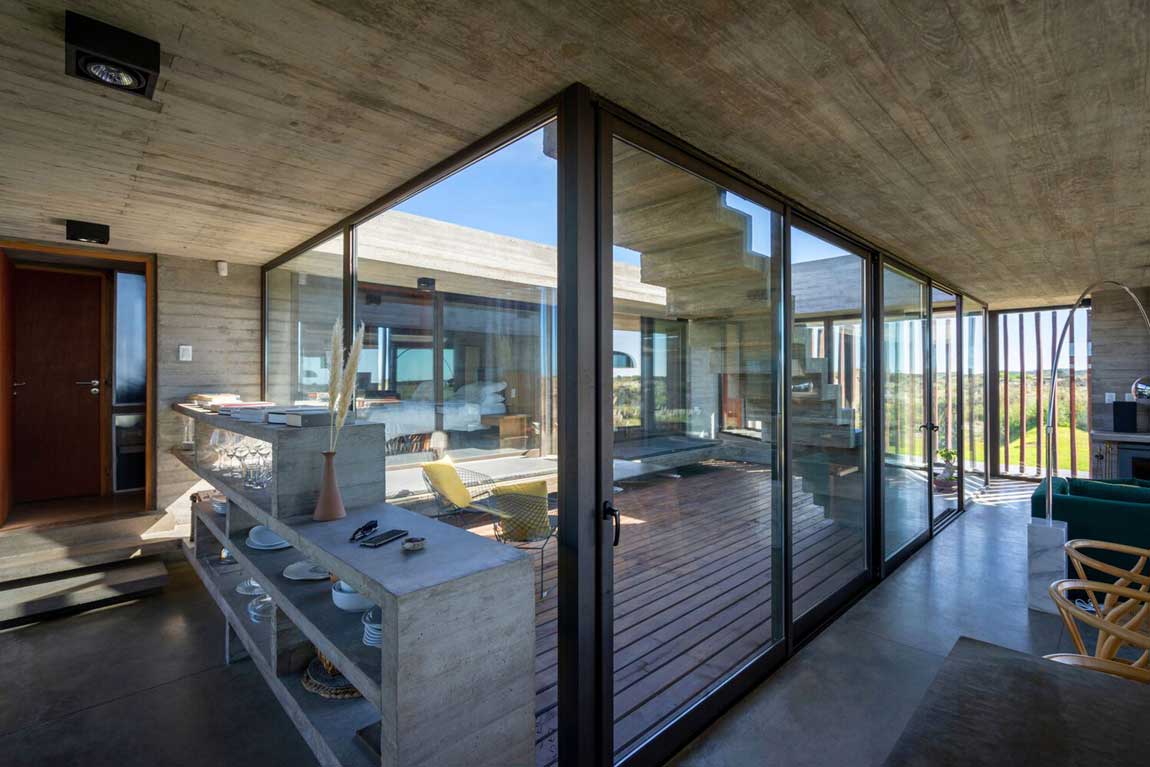
Integrating Indoor and Outdoor Living in a Concrete Tiny House
A concrete tiny house presents an excellent opportunity to blur the lines between indoor and outdoor living. This fusion not only enhances your living space but also creates a feeling of expansiveness, essential in a tiny house setting.
Consider incorporating large sliding glass doors or a fold-down wall that opens up to an outdoor deck or patio. This not only allows more natural light into your home but also creates an extended living space that can be used for dining, relaxation, or even work.
Incorporate elements from the outside into your indoor design. Use plants, natural materials, and colors inspired by nature to create a seamless transition between the indoor and outdoor spaces. This strategy will make your concrete tiny house feel more spacious, versatile, and connected to its surroundings.


Focusing on Comfort in Your Concrete Tiny House
While designing your concrete tiny house for versatility, it’s essential not to compromise on comfort. After all, your tiny house is not just a place to live; it’s a place to relax, rejuvenate, and feel at home.
Select furniture that is not only functional and space-saving but also comfortable. Add soft textures through rugs, throw blankets, and cushions to create a cozy and welcoming atmosphere. Ensure that your sleeping area is as comfortable as possible with a good quality mattress and appropriate bedding.
Incorporate elements that make you happy and relaxed. Whether it’s a cozy reading nook, a space for yoga or meditation, or an area dedicated to your hobbies, ensure your concrete tiny house accommodates your lifestyle and offers comfort beyond mere functionality.
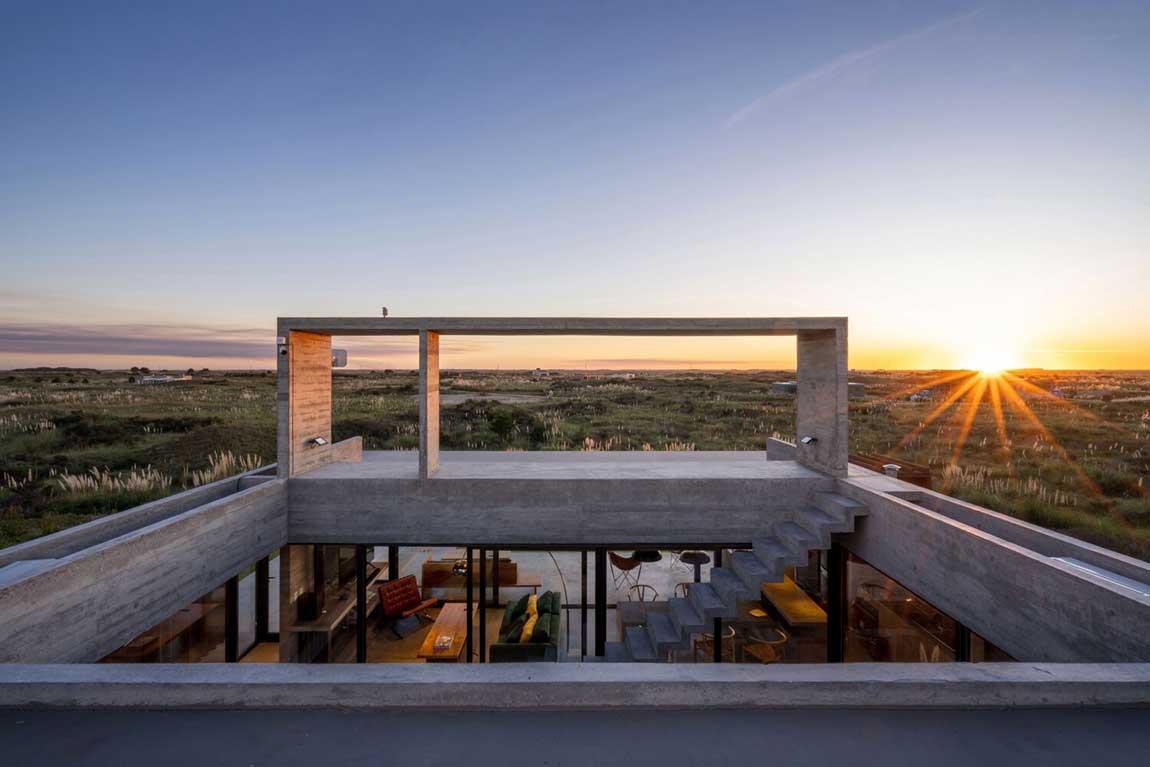
Utilizing Sustainable Design in Your Concrete Tiny House
Creating a versatile living space in a concrete tiny house also presents a chance to incorporate sustainable design elements. From energy-efficient appliances to sustainable materials, there are many ways to make your tiny home eco-friendly.
Consider installing solar panels or using energy-efficient appliances and lighting. These not only lower your environmental footprint but also save on energy costs. Reclaimed or recycled materials can be used in your interior design, adding charm and reducing waste.
Remember that a sustainable design approach aligns perfectly with the principles of tiny living – simplicity, mindfulness, and respect for the environment. By integrating sustainability into your design, you’re not only creating a versatile living space but also a home that respects and harmonizes with the environment.

Creating a versatile living space in a concrete tiny house is all about innovative design and smart utilization of space. By incorporating flexible furniture, maximizing natural light, and implementing clever storage solutions, you can transform your concrete tiny house into a home that is stylish, comfortable, and uniquely yours. As you embark on your tiny living journey, let these principles guide you in creating a living space that truly resonates with your lifestyle and aesthetic preferences. Tiny living doesn’t mean compromising on comfort or style, and your concrete tiny house is a testament to that.

